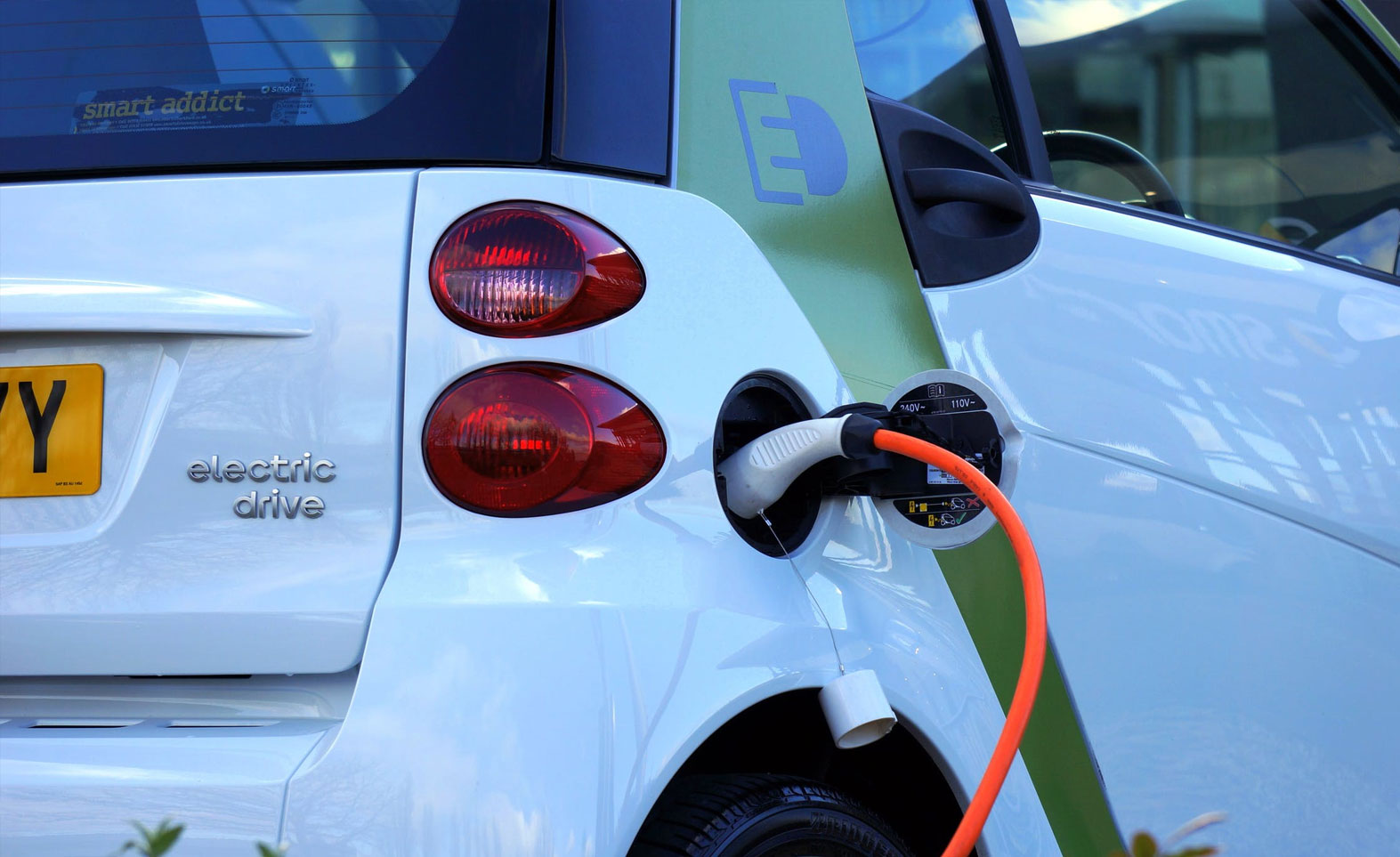
December 15, 2022
The profit pool for the industry by that time is expected to reach US$ 8-11 billion
40-50% of the revenue pool will come from auto OEMs and new emerging technologies for batteries
Total Private Equity/Venture Capital (PE/VC) investments over the past three years have reached US$ 3.7 billion
35-40% of all vehicles sold in India by 2030 will be EVs

India’s Electric Vehicle (EV) value chain revenue pool is expected to reach US$ 76-100 billion over the next seven years, leading to a profit pool of US$ 8-11 billion, according to a report by Bain & Company.
According to the report, multiple factors including government incentives, improving cost-competitiveness and investment from Original Equipment Manufacturers (OEMs) along with increased customer readiness and awareness will fuel the EV revenue pool.
Experts said that 40-50% of the revenue pool will come from auto OEMs and new emerging technologies for batteries, charging and mobility will contribute 13%, 8% and 9%, respectively. Media reports said that unified platforms will become the next big play as many EV ecosystem players are looking for forward or backward integration to create a broader e-mobility ecosystem.
Total Private Equity/Venture Capital (PE/VC) investments over the past three years have reached US$ 3.7 billion. As the industry transforms, this number is expected to increase significantly over the years.
Segment-wise estimates
According to the report, 35-40% of all vehicles sold in India by 2030 will be EVs, compared to this year’s 2%. Among these, two-wheelers and three-wheelers are to achieve 40-45% penetration by 2030. Factors powering the industry to achieve those figures would be increased competition in Total Cost of Ownership (TCO), investments in building compelling product offerings with comparable performance to internal combustion engine (ICE) vehicles, early adoption by delivery & logistics fleets and less need for public charging infrastructure.
The four-wheeler electric Passenger Vehicle (PV) segment is expected to account for 15-20% of total PV sales by the end of this decade. On the other hand, electric PVs will be the largest segment of the revenue pool, accounting for 41% by value, followed by electric two-wheelers at 33%.
Additionally, the report also said that electric buses will see growth similar to electric PVs by 2030. Their penetration will be driven by state transport electrifying their intracity transport.
Pre-requisites
According to media reports, experts said that five key areas need to align for driving deep EV penetration in India by 2030.
These include the reduction of global battery prices by 20-30%, OEMs building sustainable EV-specific business models for the Indian market, growth in sustained focus on battery safety, continued regulatory and incentive support from governments, and an overall expansion of the EV infrastructure in the country.
Additionally, the Bain report also said that six emerging business models in the industry will start witnessing opportunities over time, as the automotive value chain in India will undergo expansion.
These include battery cell businesses, EV component manufacturers, software and telematics companies, new-age OEMs, EV charging infrastructure and Mobility-as-a-Service (MaaS).
Way forward
With emerging technologies like fuel cells and regenerative braking, EVs won’t just power the country’s green agenda, but also parallelly cause a technological revolution due to the increasing research and development (R&D) for them.
Source: Financial Express